When I was introduced to classical Christian education twelve years ago, my first impression of classical Christian education was how beautiful it was. Flipping through the pages of the books, I was drawn in by the artwork, the stories of virtue, and the inspiration of those who had gone before us. It reminded me of my grandma’s house. She taught at a one-room schoolhouse in Iowa, just like Little House on the Prairie, and her house was filled with classic books and artifacts. Everything she said was directed towards teaching us about God and the world around us. When I saw the smiles on the students’ faces as they joyfully engaged in the learning process, my decision to choose classical Christian education was solidified. “This feels like what education should be,” I thought.
While the world around us longingly grasps for the latest educational trend, toy, or trick, classical schools carry on with tried and true methods. We take advantage of a student’s natural giftings during each stage of their development to maximize learning. Since little ones are such sponges, we expose them to as much as possible, developing their framework of the world in a logical and chronological way. Moving into Logic school, we take advantage of a teen/tween’s need to argue and debate by letting them analyze, dissect, and draw their own conclusions with the guidance of wise teachers who always draw them back to supporting their ideas through the only source of real truth, God’s Word. Orderly classrooms give the students the necessary structure to develop positive habits, feel safe, and develop their own God-given talents. Classical students are not just taught facts, they are taught how to become lifelong learners, defend what they believe, and use wisdom to efficiently structure their priorities.
For source texts, classical methods mandate using what is tried and true. I recently learned how sites qualify for the national historic register. I was fascinated by the process. There are three main aspects of a site that are necessary for it to get the “national historic site” distinction: age, integrity, and significance. I was struck at how we use a similar decision-making process for choosing curricular resources at Arma Dei. Has it stood the test of time? Has it been proven authentic? Is it the best representative of its class, and has that class proven itself to be distinctive? The Code of Hammurabi, Shakespeare, The Diary of Anne Frank, C.S. Lewis, The Constitution, and The Odyssey are all examples of people and works that are the best in their class and worthy of study.
The classical Christian movement is built upon elevating what students are taught and how they are taught it in every way. The resources we use have survived the test of time, model integrity, and have significance. By focusing on the greatest of the greats, we lead our students towards making that same choice in their own lives, choosing quality over mediocrity, virtue over self-indulgence, God’s Truth over trend.



